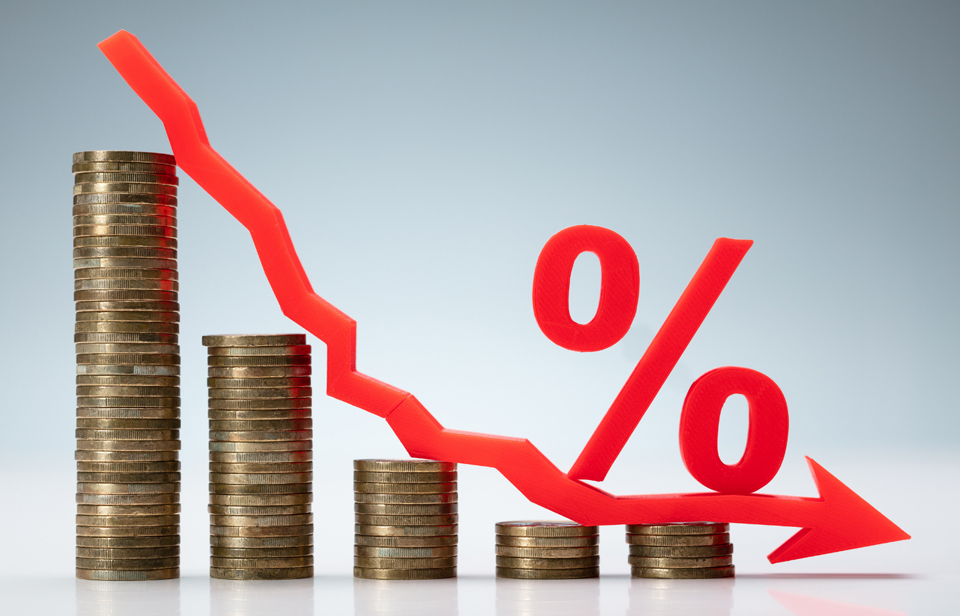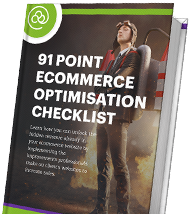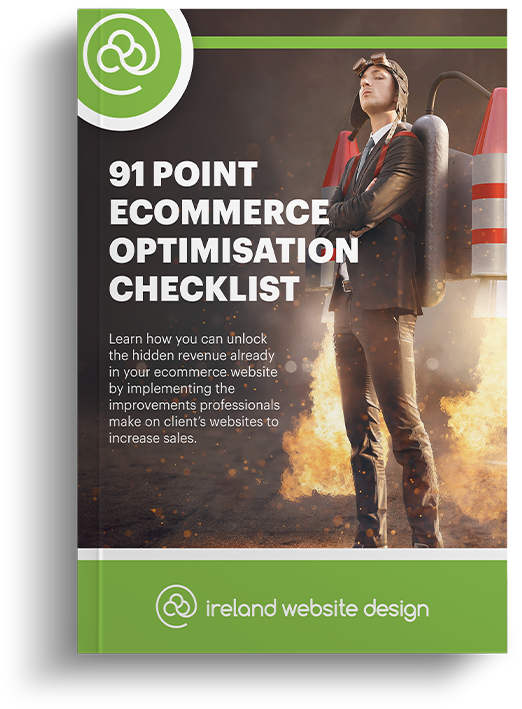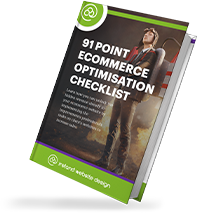Heavy traffic to your website is brilliant! But if your website visitors leave your site without making a purchase, you may have design or functionality problems that stand in their way.
Your website conversion rate is the metric that tells you how many of your website visitors convert to your CTA (call to action) of choice, whether it’s a purchase, a sign-up, a booking – whatever your desired action may be. If your conversion rate is high, you’ve probably made it easy for your visitors to find what they’re looking for and convert in a snap.
If your conversion metrics are low, though, it usually means that some feature of your website design or functionality slows down or complicates the conversion process. And, let’s be honest: modern shoppers want to keep things quick and easy.
So what can you do to improve your conversion process? IAs a business owner, it can be tricky to guess why your website conversion rates are plummeting, because the problems aren’t always obvious. So, don’t guess. Find out. To do that, you should start by auditing your website to uncover the hidden hurdles tripping up your shoppers at the finish line.
This blog, we’ll discuss website conversion rates and why they matter. Plus, we’ll share tips on improving your site’s conversion metrics, so you can enjoy the revenue boost that comes when website visitors can easily find, explore, and purchase your products and services.
Why do conversion rates matter?
Your website’s conversion rates give you insight into how your website visitors navigate your site and whether or not your website design is effective and your user experience is positive.
A website is an investment. If your website is underperforming, it’s not generating a healthy ROI. A poorly performing website can also undermine your marketing efforts and effectively waste the money you’ve already spent driving traffic to your website.
If your marketing campaigns successfully drive website traffic and your visitors spend a normal amount of time exploring your products (rather than bouncing immediately), your website visitors should convert to paying customers. Low conversion rates indicate potential customers are meeting roadblocks on their purchasing journey.
What is a good website conversion rate?
The average conversion rate across all industries is 2.35%. Conversion rates within different industries vary quite a bit, but all fall within the range of 2% to 5% on average.
But the top 25% of businesses report much higher rates — a whopping 5.41% or higher. And when have you ever settled for average? 😉
No matter what your current conversion rate is, it can be higher. And no matter your desired action, more clicks, sign-ups, and purchases are good for business, increasing your revenue for a better bottom line.
It’s a good idea to research your industry’s specific conversion rate statistics before you start working on conversion optimization. That way, you’ll know the ideal website conversion rate to shoot for.
How do you calculate conversion rate?
You can calculate your conversion rate with this simple formula: take the total number of website conversions and divide it by the total number of visits to your website.
Website conversion rate = Website conversions / Total number of visits
Sometimes, marketers will use the total number of visitors to a website rather than the visits. The logic behind that approach is that it accounts for website visitors who may make several visits to a website before purchasing. But using “visits” rather than “visitors” in the formula is the industry standard.
Some marketing tools, like Google Analytics, will calculate conversion rate for you if you’ve set up your marketing campaigns within your Google Analytics account correctly. That involves defining the conversion goal for your campaign (such as a sign-up, download, or purchase), and then designing the campaign to point users to that goal.
In Google Analytics, you can filter conversions to understand more about what contributes to conversion success – like traffic source, device type, or location.
If you’re not using Google Analytics, Shopify, or another tool that automatically calculates your website conversion rate, the formula above will give you an accurate figure, even without all the tracking bells and whistles.
Tips for website conversion optimisation
Once you’ve figured out your current website conversion rate, it’s time to improve it! It’s not always easy to increase conversions, but every website can benefit from these tips:
Conversion Rate Tip 1: Optimise your page load times
This tip is straightforward: if your web pages take more than 2 seconds to load, your conversion rates will plunge. Test each landing page, informational page, your home page, and your shopping basket, and ensure the page loads in 2 seconds or less. You can use the free tool PageSpeed Insights to clock load times.
If your pages load too slowly, potential customers will get frustrated and click away (probably to a competitor). We can help you optimise your page load speed if you’re stuck.
Conversion Rate Tip 2: Create a crystal-clear CTA
If you want your website visitors to take a specific action, you need to tell them what you want them to do. Your CTA should be clear and compelling, telling visitors exactly what they should do next, and what will happen when they take your desired action.
Succinct button language like “Sign Up Now” or “Buy” cuts down on confusion. Follow it with a brief (<10 words) tagline (like “Sign up to receive our newsletter”). Make sure your CTA design and placement helps it stand out from the rest of the content.
Conversion Rate Tip 3: Simplify your navigation
User-test your website to get a deeper understanding of the customer’s experience. Talk to customers to find out whether they had trouble finding information on your services or ran into any problems booking or buying them.
Then, based on your user testing and customer feedback, create straightforward website navigation that allows visitors to learn about your services and purchase them in a few hassle-free steps.
Conversion Rate Tip 4: Reduce distractions and A/B test your site
While you’re organising your site nav, look for possible distractions that might derail the customer journey. Unnecessary links and irrelevant content distract users from their goal, so remove the noise and keep the focus on the CTA.
When you’ve cleaned up the content, experiment with designing different versions of your product landing pages, a practice known as A/B testing. Create an A landing page with one design and a B landing page with another. Then, measure which landing page encourages the most website conversions.
Conversions Rate Tip 5: Design for mobile users, too
eCommerce is steadily being replaced by mCommerce – services and products purchased through mobile devices. If you haven’t optimised your website for mobile users, you could be losing a significant number of conversions.
Websites designed for desktops can look awkward on mobile devices. Make sure your website changes format depending on a user’s device, and test the purchase process to make sure it’s as smooth and hassle-free as possible.
Conversion Rate Tip 6: Write a clear value proposition and compelling content
Communicate the value of your product, service, or business front-and-centre on your home page. Your value proposition tells customers why they should choose you over your competitors, and how you’re uniquely positioned to help them solve their problems. The language you use to express this should be crystal-clear and simple.
Every page on your website, from its home page to its landing pages, should contain high-quality content. Good website content shows customers that you know what you’re talking about, and that you’re a business they can trust. Content fluff, stuffed with keywords, makes you look sketchy or unprofessional, so write excellent content that instils confidence in your customers.
Conversion Rate Tip 7: Include social proof and security symbols
Another way to promote customer trust is by including customer testimonials and reviews showcasing your company values and quality products. If you don’t have any reviews, ask for some! Your customers will be happy to share the positive experience they’ve had with your business.
Trust symbols, like badges, security payment logos, and SSL certificates, reassure customers that their personal and payment data is safe in your hands. That helps them feel confident completing a purchase or sharing their details in your sign-up form.
Conversion Rate Tip 8: Optimise forms
Speaking of forms, have you tested yours? Unnecessarily long forms are a turn-off for customers, so before you ask your website visitors to complete a form, ensure only the most necessary data is requested.
If you want to ask for more data, change the form field type to “not required” and tell your audience why you want to collect it. Sharing your motives with customers – like telling them they’ll receive personalised birthday offers by sharing their date of birth details – shows that you’re an honest brand that will use their data responsibly.
Whether it’s an email sign-up form or an order form to complete a purchase, make it easy to complete with minimal effort.
Conversion Rate Tip 9: Personalise and retarget
Your marketing efforts should already focus on a predefined target audience. Carry those efforts through to your website by offering personalised details, like product recommendations, whenever possible. Personalisation helps your customers feel known by your brand, and everyone responds positively to being known and understood.
Retargeting ads can help catch the eye of website traffic that didn’t convert to sales. Remind those website visitors about the products they were viewing, and use a clear CTA (“Book your room for September!”) in the ad to make it easy for users to convert.
Conversion Rate Tip 10: Ensure a speedy checkout process
If you’re an eCommerce brand, your ideal conversion event is a product or service purchase. Any hurdle that stands in the way of that conversion goal – like making customers jump through several payment hoops – will lower their likelihood of converting.
A smooth conversion process consists of as little payment friction as possible. Test the payment process yourself, and ask customers for feedback on their experience.
Conversion Rate Tip 11: Continually test your website’s performance
Boosting website conversion rates is an ongoing process. You’ll have better results if you also monitor factors that contribute to low conversion rates by tracking data points like:
- Click-through rate (CTR)
- Bounce rate
- Average time on site
- Cost per conversion (CTC)
These data points give you a complete picture of how customers behave on your website, and which pages cause them to stumble in their purchasing journey.
Competitor analysis is a valuable tool for improving your conversion rates. Study the top 10 websites for your products or keywords, and find out how their customer journey might be smoother or more enjoyable than yours. Then, implement those tactics on your website and see if they help.
Conversion Rate Tip 12: Use chatbots and exit-intent popups
Marketers have debated whether chatbots and exit-intent popups are helpful or annoying for customers, but the data shows they are well received. The trick is to use both tactics to ensure a pain-free customer journey without creating unnecessary barriers to conversion.
Exit-intent popups (popups that emerge when a user indicates they will click away from your website) work best when they include a bold, simple message and CTA. Offer visitors an incentive to stay, like a discount or freebie, and ask them to perform a single, straightforward step to avail of the offer.
Chatbots can help answer customer questions about your products and services, which is handy for customers if they need help finding something on your website. Most customers prefer to interact with a chatbot if it’ll help them be transferred to a live agent. So, start with a chatbot, but make sure there’s a live agent ready to step in if customers get frustrated with the bot conversation.
Website conversion rates show a shift in shopping habits
In 2022, we analysed 48 Irish eCommerce websites and found a significant difference in conversion rates between 2021 and 2022. (You can see a table of conversion rates by industry by downloading our report pdf here.)
During the pandemic years, customers became more familiar and more comfortable with online shopping. In 2022, with the pandemic largely behind us, in-store shopping returned.
In our study, some companies actually saw an increase in eCommerce conversions even after in-store shopping restrictions were lifted. That means applying the tips we’ve outlined in this blog can still make a huge difference in your post-pandemic bottom line.

In addition to stores opening and footfall returning, consumers have less free time. Many were laid off temporarily or working from home. They weren’t spending time commuting, and they had fewer events/parties to attend. Often, they filled those hours with online shopping.
One other point to note is people are back doing research online (and doing this more than ever before). This means they are arriving into stores more informed than ever before.
The impact of heightened and then lowered restrictions has had different effects on different businesses. Some actually saw an increase in eCommerce conversions.
But those who noted increases could account for them with a simple explanation: one shop had a far better online store than a physical one. Another is a party supplies retailer, and so the lifting of restrictions saw their revenue increase as people could once again host parties.
Similarly, a third retailer supplies coffee machines for offices, a business that took a deep dive during those work-from-home years but is now enjoying a resurgence.
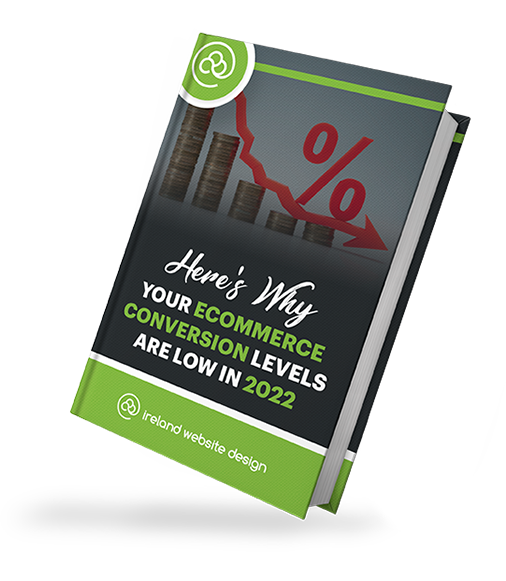

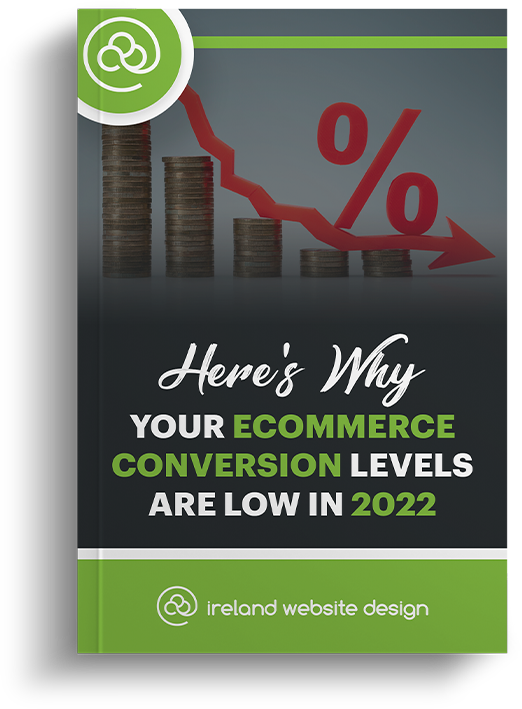
Here’s Why Your eCommerce Conversion Levels Are Low in 2022
We recently analysed 48 Irish eCommerce websites and there is a significant difference in conversion rates between 2021 and 2022.
You can see a table of conversion rates by industry by downloading our report pdf, please enter your information below.
Get help with your website’s conversion rate
You don’t have to struggle with low conversion rates alone. If you want to increase website conversions but need help getting started, we suggest a website audit.
You can also find an in-depth discussion on improving your website conversion rates in our 91-point eCommerce conversion checklist. Some Irish retailers have seen a 2x increase in conversion rates by implementing what you’ll find on the list!
If these tips are too complicated or time-consuming, contact us, and we’ll do it for you. Call (051-810266) or email info@irelandwebsitedesign.com to get started.
